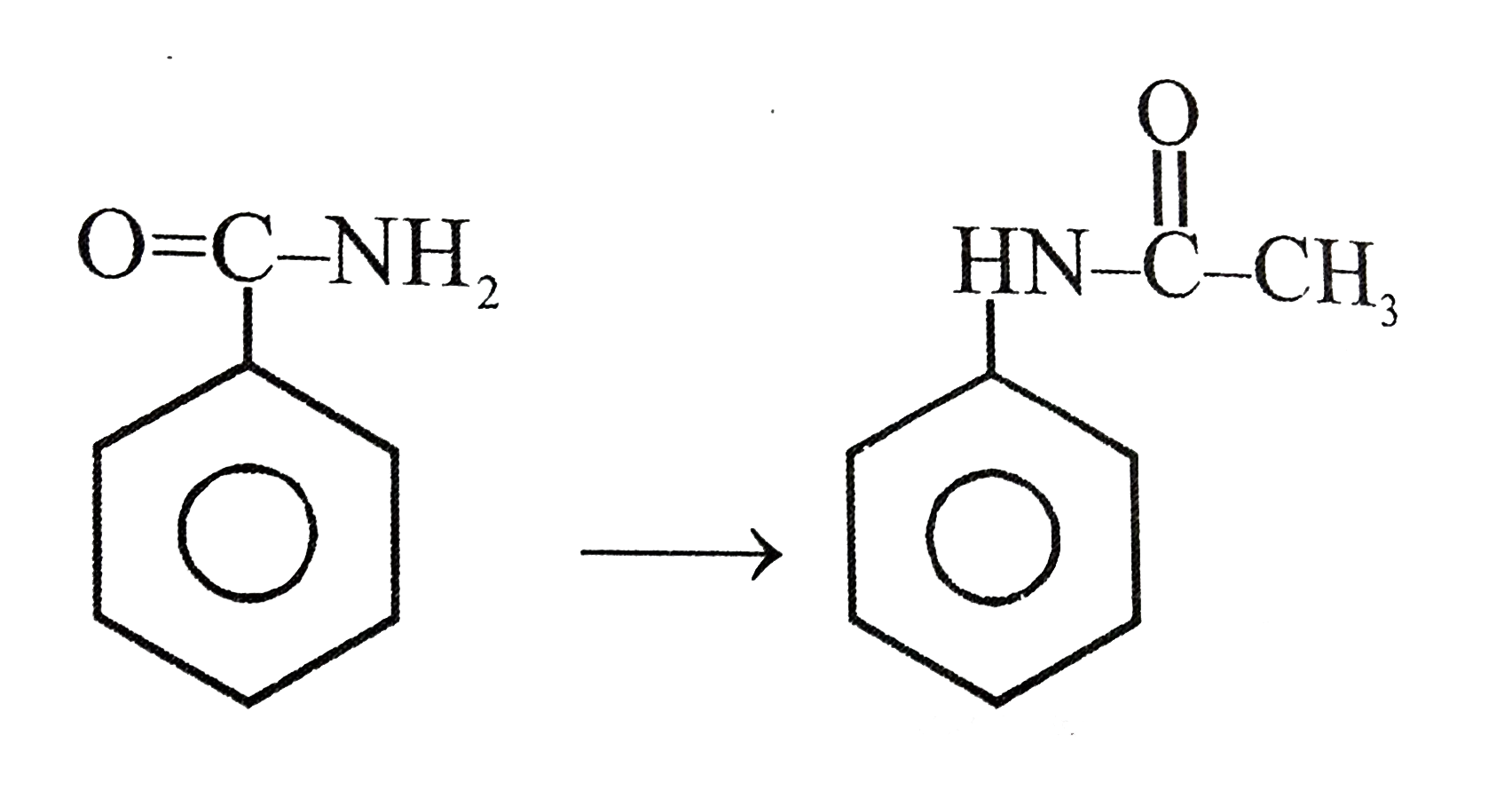Give reagents (inorganic or organic), needed to convert benzyl bromide into benzyl ethyl ether.
To convert benzyl bromide into benzyl ethyl ether, we can follow these steps:
Step 1: Identify the Reactants
- Benzyl Bromide: The starting material is benzyl bromide (C6H5CH2Br).
- Benzyl Ethyl Ether: The target product is benzyl ethyl ether (C6H5CH2OCH2CH3).
Step 2: Choose the Reagents
To perform the conversion, we will use:
- Ethanol (C2H5OH): This will provide the ethyl group for the ether.
- Sulfuric Acid (H2SO4): This will act as a catalyst for the reaction.
Step 3: Reaction Mechanism
1. Williamson Ether Synthesis: The reaction follows the Williamson ether synthesis pathway. In this process, the alcohol (ethanol) will react with the alkyl halide (benzyl bromide).
2. Deprotonation: The sulfuric acid will help in the deprotonation of ethanol, generating an ethoxide ion (C2H5O^-).
3. Nucleophilic Attack: The ethoxide ion will act as a nucleophile and attack the carbon atom bonded to the bromine in benzyl bromide, displacing the bromine atom.
4. Formation of Benzyl Ethyl Ether: The result of this nucleophilic substitution will be the formation of benzyl ethyl ether, along with the by-product of hydrogen bromide (HBr).
Step 4: Write the Overall Reaction
The overall reaction can be summarized as:
C6H5CH2Br+C2H5OHH2SO4−−−−→C6H5CH2OCH2CH3+HBr
Final Answer
The reagents needed to convert benzyl bromide into benzyl ethyl ether are:
- Ethanol (C2H5OH)
- Sulfuric Acid (H2SO4)
---
- Benzyl Bromide: The starting material is benzyl bromide (C6H5CH2Br).
- Benzyl Ethyl Ether: The target product is benzyl ethyl ether (C6H5CH2OCH2CH3).
To perform the conversion, we will use:
- Ethanol (C2H5OH): This will provide the ethyl group for the ether.
- Sulfuric Acid (H2SO4): This will act as a catalyst for the reaction.
1. Williamson Ether Synthesis: The reaction follows the Williamson ether synthesis pathway. In this process, the alcohol (ethanol) will react with the alkyl halide (benzyl bromide).
2. Deprotonation: The sulfuric acid will help in the deprotonation of ethanol, generating an ethoxide ion (C2H5O^-).
3. Nucleophilic Attack: The ethoxide ion will act as a nucleophile and attack the carbon atom bonded to the bromine in benzyl bromide, displacing the bromine atom.
4. Formation of Benzyl Ethyl Ether: The result of this nucleophilic substitution will be the formation of benzyl ethyl ether, along with the by-product of hydrogen bromide (HBr).
The overall reaction can be summarized as:
C6H5CH2Br+C2H5OHH2SO4−−−−→C6H5CH2OCH2CH3+HBr
The reagents needed to convert benzyl bromide into benzyl ethyl ether are:
- Ethanol (C2H5OH)
- Sulfuric Acid (H2SO4)
Topper's Solved these Questions
- HALOALKANES AND HALOARENES BOOK - ICSECHAPTER - HALOALKANES AND HALOARENES EXERCISE - EXERCISE (PART - II DESCRIPTIVE QUESTIONS) (SHORT ANSWER QUESTIONS)
94 Videos
- HALOALKANES AND HALOARENES BOOK - ICSECHAPTER - HALOALKANES AND HALOARENES EXERCISE - EXERCISE (PART - II DESCRIPTIVE QUESTIONS) (LONG ANSWER QUESTIONS)
65 Videos
- HALOALKANES AND HALOARENES BOOK - ICSECHAPTER - HALOALKANES AND HALOARENES EXERCISE - EXERCISE (PART - I OBJECTIVE QUESTIONS)
1 Videos
- GENERAL PRINCIPLES AND PROCESSES OF ISOLATION OF ELEMENTS BOOK - ICSECHAPTER - GENERAL PRINCIPLES AND PROCESSES OF ISOLATION OF ELEMENTS EXERCISE - EXERCISE (PART-I ( OBJECTIVE QUESTIONS )) (Fill in the blanks)
60 Videos
- ISC QUESTION PAPERBOOK - ICSECHAPTER - ISC QUESTION PAPEREXERCISE - PART-II(SECTION-B)
74 Videos
Similar Questions
Give reagents (inorganic or organic), needed to convert benzyl bromide into benzyl acetate
View SolutionGive reagents (inorganic or organic), needed to convert benzyl bromide into benzyl alcohol
View SolutionGive reagents (inorganic or organic), needed to convert benzyl bromide into benzyl cyanide
View SolutionGive reagents (inorganic or organic), needed to convert benzyl bromide into Benzyl iodide.
View SolutionGive reagents (inorganic or organic), needed to convert benzyl bromide into (nitromethyl) benzene
View SolutionGive reagents (inorganic or organic), needed to convert benzyl bromide into tri-n-butyl benzyl ammonium bromide.
View SolutionThe reagents needed to convert :

View SolutionHow will you convert ethyl bromide into ethoxyethane.
View SolutionHow will you convert ethyl bromide into ethane.
View SolutionHow will you convert benzyl chloride to benzyl alcohol ?
View Solution
